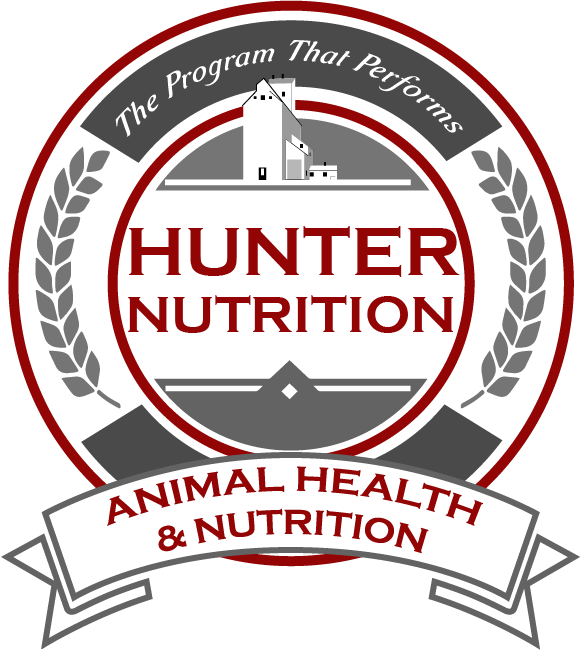
A cost effective, comprehensive ‘year round’ flock health program need not be complicated or expensive. Vaccinate for the common and basic problems that nearly all flocks have such as tetanus, abortion diseases, and entertoxemia (overeating disease). Each flock should vaccinate for the basic’s plus any additional problems which are specific to their situation. For example; a flock which has a big problem with caseous would vaccinate for tetanus, enterotoxemia, and caseous. Whereas another flock might be giving tetanus, entertoxemia, and footrot vaccines.
Vaccinating the Ewe Flock:For most ewe flocks you would give annual booster’s of abortion vaccine(both Chlamydia & Campylobacter) and also CD/T (tetanus toxoid + Cl. Perfingens CD).
The ewe flock would receive their abortion vaccine annual booster just prior to breeding. The Midwest, East, and Upper Midwest have the moisture and temperature range in which the abortion disease organisms can propagate well. So in these areas I feel it is a must for every flock to vaccinate for abortion disease. Use both vaccines; Campylobacter(vibrio) and Chlamydia (enzootic) on your ewe flock. Both vaccines are killed, so you will not be bringing in the disease thru vaccination.
The ewe flock’s annual CD/T booster is given 3-4 weeks prelambing. By making this a pre-lambing vaccination you get dual benefits. The ewes get their annual booster; and the lambs are born with immunity. The pre-lambing CD/T gives the lambs several weeks of immunity. So you can delay giving the lambs their first CD/T until 6 weeks of age or so. If the ewes do not have the pre-lambing booster on time; lambs will be at risk shortly after birth. Also the ewes colostrum will contain antibodies from the pre-lambing vaccines which will protect the new born lambs. So really the ewe flock will get three injections; two abortion vaccines and the prelambing CD/T.
Vaccinating Lambs:Lambs will need a tetanus antitoxin vaccination at tail docking/castrating in order to receive immediate immunity. Lambs would then need two vaccinations of CD/T two weeks apart. A good time to vaccinate lambs with CD/T is at about 6 and 8 weeks of age. Lambs will get three vaccinations a year, in most cases: the TAT(tetanus antitoxin) at tail docking/castrating and the two CD/T vaccines.
Vaccines: Toxoid vs. AntitoxinA toxoid is the common form of a vaccine which is given for long term immunity to disease. The toxoid form of a vaccine takes about two weeks to be effective, needs an annual booster, and gives long lasting immunity. By contrast an Antitoxin gives immediate immunity; but that immunity is short lived. TAT- tetanus antitoxin is a good example of this. TAT is given right at injury, tail docking or castrating so lambs are immediately protected against getting tetanus. In summary : Anti-toxins are used to treat a disease; and Toxoid’s are used to prevent a disease.
How Vaccines Work:When a vaccine is given to an animal its system creates anti-bodies. The antibodies are specific to the particular disease’s which the animal was vaccinated for. Toxoid vaccines take 7 to 14 days for antibody development to occur and thus give the animal immunity. Anti-toxin’s give immediate protection as a result of their direct neutralization of the toxin created by the infecting organism.
Why give two vaccinations?The first vaccination of a naive animal (animals never vaccinated before) sensitizes its system to receive the immunity from the second dose. The second vaccination; usually given two weeks later creates the real immunity needed. Some producers try to get by with just one vaccination of lambs. This simply will not provide much if any immunity due to the nature of an animals immune response.
CD/T vs. TAT; When to use eachWe often get questions about when to use tetanus antitoxin and when to use CD/T on lambs. Some ask if both can be used at the same time on baby lambs at processing time. Do not use TAT and CD/T at the same time ! Anaphylactic shock will occur. The best program for control of tetanus and Cl. Perfingins(overating disease) is as follows. (1)Vaccinate the ewes with CD/T pre-lambing. (2) Give TAT to lambs at docking/castrating, and (3) Give lambs two CD/T vaccinations at 6 and 8 weeks of age.
Soremouth (Ovine Ecthyma) Vaccination:Ovine Ecthyma (soremouth) vaccine is a live vaccine which you re-hydrate to use. Live vaccines can introduce the disease to your flock so do not use this or any other live vaccines unless you already have the disease on your farm. Also use caution if vaccinating lambs with ovine ecthyma; since humans can contract this disease.
Vaccination Sites:Some sites are better for vaccination than others. Concerns are abscess formation, ease of injection, animal reaction, and vaccine absorption. For baby lambs who are getting TAT tetanus antitoxin at tail docking/castrating: a simple IM (intramuscular) injection into the leg muscle will do. Many sheep vaccines are best given Sub Q. Best sites for this are in the loose skin of the armpit area or over the ribcage. We discourage neck vaccinations; especially IM injections. Animals tend to have more problems with vaccinations done in the neck area than in other areas.
Go Back to Articles